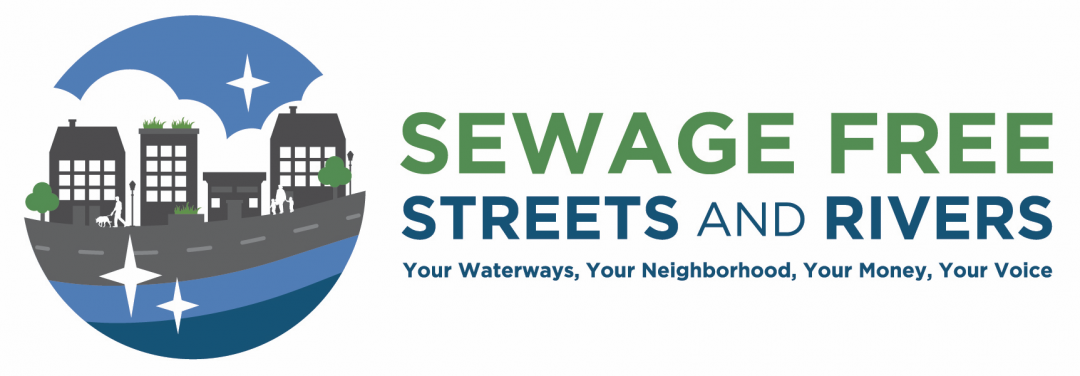by Kyrsten Ramkishun
 What happens when you flush the toilet? Mary Anna Evans answers this question in her article, “Flushing the Toilet has Never been Risker.” One of the main issues she discusses is the collision of aging combined sewer systems and a growing population. Combined sewer systems collect human waste, industrial waste, and stormwater runoff into a single pipe for treatment and disposal. When stormwater enters the sewer system, it can cause an overflow, which means that instead of the collected waste going into a treatment plant, the untreated raw sewage enters into bodies of water, including those that are sources of drinking water or used for recreational purposes such as swimming or fishing. Overflows can also back up onto streets and in peoples’ houses and businesses, and can carry phosphorus and nitrogen into waterways, creating serious surface water problems such as algae blooms, fish kills, and dead zones like the one in the Gulf of Mexico.
What happens when you flush the toilet? Mary Anna Evans answers this question in her article, “Flushing the Toilet has Never been Risker.” One of the main issues she discusses is the collision of aging combined sewer systems and a growing population. Combined sewer systems collect human waste, industrial waste, and stormwater runoff into a single pipe for treatment and disposal. When stormwater enters the sewer system, it can cause an overflow, which means that instead of the collected waste going into a treatment plant, the untreated raw sewage enters into bodies of water, including those that are sources of drinking water or used for recreational purposes such as swimming or fishing. Overflows can also back up onto streets and in peoples’ houses and businesses, and can carry phosphorus and nitrogen into waterways, creating serious surface water problems such as algae blooms, fish kills, and dead zones like the one in the Gulf of Mexico.
Not only have there been problems with overcapacity, but these old pipes also leak and are being clogged with debris or even congealed cooking oil which narrows the pipes and reduces the amount of water and sewage they can carry.
The solutions Evans points to can be made on a system level and on an individual level. System-level improvements include creating storage projects and putting more tunnels underground, as well as green technology such as rain gardens and green roofs. Green solutions help because the water is absorbed into the ground where it falls and does not become runoff. On an individual level, people should be thinking about reducing their water usage, and educating themselves about what to avoid using that can pollute stormwater runoff and clog the sewer system.

